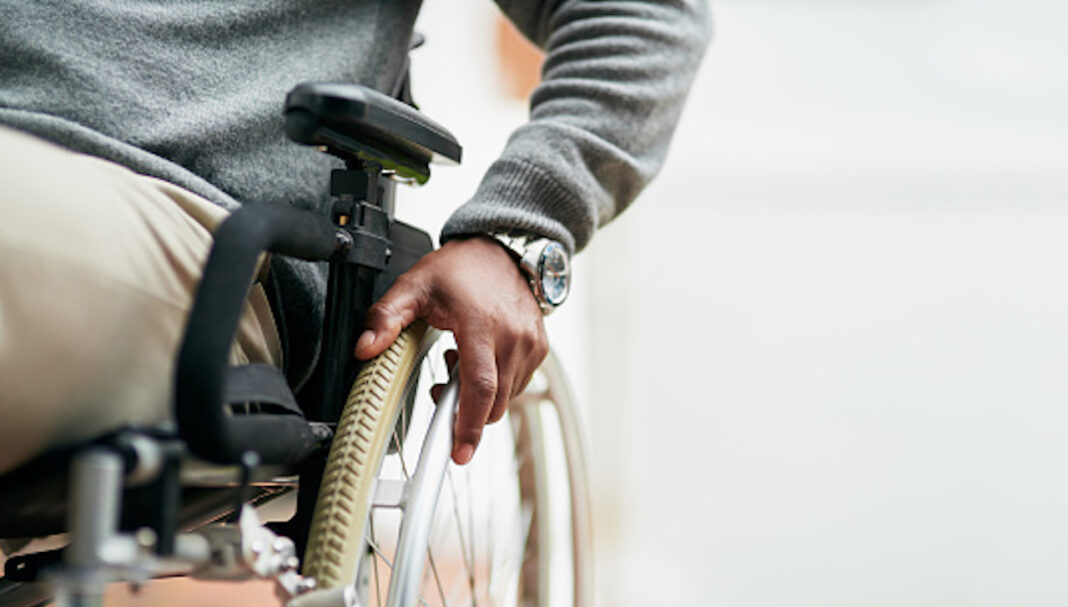Case Scenario
Mr SK is a 32-year-old male involved in an unfortunate diving accident while holidaying on Stradbroke Island at the beginning of the year. Mr SK was air-lifted to the nearest hospital for emergency surgery. He was diagnosed with an injury to the C4 vertebra. Prior to the injury, Mr SK was fit, healthy, with no co-morbidities and was taking no regular medications. He did not smoke and consumed 1–2 units of alcohol each week. Once stabilised in ICU, Mr SK was transferred to the orthopaedic ward and then subsequently the spinal injury rehabilitation unit. His injury was categorised as ASIA C.
Learning objectivesAfter reading th |
THIS IS A CPD ARTICLE. YOU NEED TO BE A PSA MEMBER AND LOGGED IN TO READ MORE.















